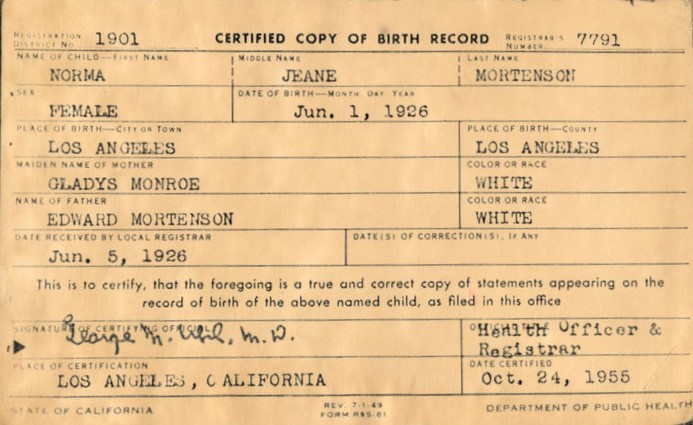
Many adoptees experience various degrees of personal conflict within the discipline of family tree research - often unsure whether to trace by adoption, birth or both and are also unsure how to display and record such information. Similar concerns can be encountered by many researchers when encountering either a formal or informal adoption a generation or three back - more so if the adoption was a hidden action.It can be equally difficult for teachers and youth leaders who find themselves in the position of dealing with the more modern socially accepted concept of a family unit which may include more than one household, civil partnerships, co-habitation, step and half-siblings.Adoption in Genealogy is not new - the practice of adoption is as old as the hills and is in fact a very common occurrence, you only need to go back a few generations to find a high frequency of mothers who died in childbirth, fathers who went off to war, never to return, infertile couples who raised an extended family member, neighbor’s child or foundling as their own, parents who turned out to be grandparents - and that's only a sampling of the reasons for adoption!Finding “a surprise” adoption (both formal and informal) can be a shock. As more researchers incorporate DNA testing as part of their research strategy finding out that you, a close relative or even distant ancestor was not related as the documentation states can be a massive shock to the system. For some people this can be life changing, completely turning preconceived beliefs on their head.Adoption in the past was not always as open as it is today! Different social attitudes, stigmas regarding illegitimacy were sometimes swept under the carpet by way of an informal adoption. Or perhaps the adoptive parents simply considered the child “their” child. There may not have been any intention to deceive.I asked a client who was concerned whether or not he should include his adopted child in the family tree along with his genetic child, and how his child would feel if he excluded him, to consider this - if he was packing a family picnic how many of his children would he include?At "the heels of the hunt" when creating your family tree it doesn't really matter how you choose to represent your family provided that you document whether the links are genetic or adoptive.Most family history charts are designed to represent the standard genetic pedigree recording only two parents for each child - and will work perfectly well for adopted lines, but if this does not fit your family then adapt a chart or design your own to meet the needs of your family. It is up to you to choose whether you show only the adoptive line, only the genetic line or both.When it comes to documenting someone else's adoption do be sensitive, and remember that excluding someone on the basis of adoption can be very hurtful both to them and to their descendants!What can be even harder to decide is whether to publish your family tree in in the public domain showing the absolute truth if you know, or even suspect, that the whole truth will be extremely hurtful to living people. There is little doubt that in the past lies and deceits have caused enormous amounts of hurt and sometimes even deep family divisions. But the truth can hurt too, sometimes more deeply than a lie!Where the lines blur between truth, discretion and a lie can be very grey. Showing a little discretion and keeping, this portion or line of your family tree private is one method of documenting the truth while respecting the feelings of other family members.




